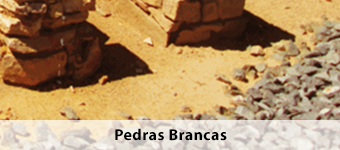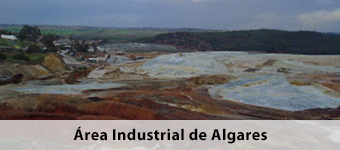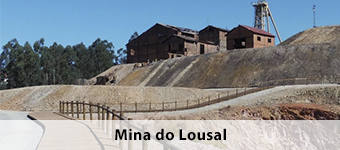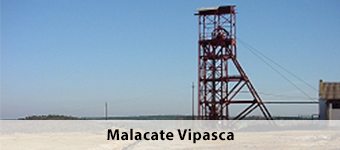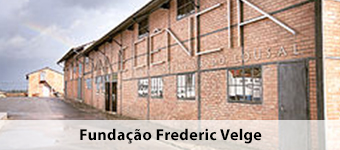Industrial Archaeology of Alentejo
Taking agriculture, fisheries, livestock, forest exploitation and the quarries, including marble, schist and granite, the Alentejo countryside is marked by other activities related to the land, including milling and mining.
Held in water mills, erected on the rivers and windmills, built on hilltops, the grain mill was completely replaced by mechanical milling since the 60s just Remaining few mills in ruins, they tell their story and erguem- majestically, for example Guadiana mills. However, some had a new destination, were recovered by art lovers, others by municipalities that offer you a destination as a museum of living parts. Always visitable are the Castro Verde windmills, S. Miguel do Pinheiro (Mértola) and Santiago do Cacém and do Alferes watermill in Vascão the river, the affluent further south of the Guadiana river, already require marking Preview.
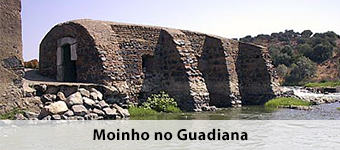

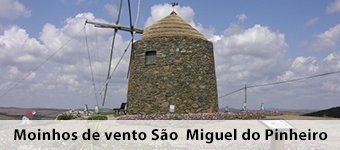
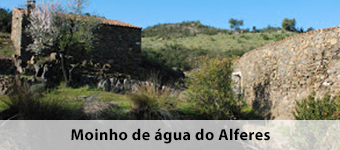
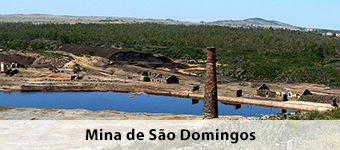
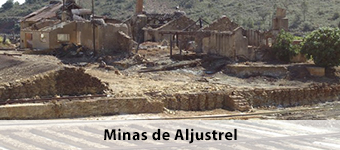
Regarding the mining of long strips of Alentejo pyrites, taking off the Mina de São Domingos in Mertola, as poles of Industrial Archaeology, are the mines of Aljustrel and of Lousal.
From the Roman period, the Aljustrel Mines have always been exploited, have a checkered history because of the stages of exploration and closure. Something that continues today, but the problems do not aggregate desmotivaram who sees this mine for its great historical and archaeological value. Currently, it is possible to know the mine spoils in the Municipal Museum and perform the way the Mining Trail, which runs several points of interest such as compressors Center, the White Stones, Industrial Area Algares the Malacate Vipasca (ancient Roman name village of Aljustrel), the chimney Transtagana and Cerro of the Chapel of Our Lady of the Castle, the ex-libris of the village heritage, with its spectacular views.
Already Lousal Mine, is now owned by Frederic Velge Foundation. This mine began and ended his activity in the twentieth century and is currently the subject of a revitalization project, associated with industrial archeology and technology, nowadays there is a virtual visit to this so that the depths of Lousal Mine are appreciated on the surface, Living Science Centre. A completely different story of My Aljustrel. During the visit to Lousal, this mining village is a great example of traditional rural architecture, it is advisable to view the Museum of Power Station, a real treat for those who are interested in the evolution of the machinery of energy production, also essential is the Center crafts.
